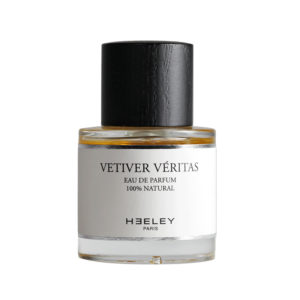Moth and Rabbit Perfumes
BLOW UP 50 ml
135€
PRODUCT DESCRIPTION
- Unisex
- Eau de Parfum 50 ml
- Top Notes: Absinth, Safran, Cardamom Cassis, Bourgeons, Oil Paint.
- Heart Notes: Cedar Leaf, Myrrh, Cypriol Encens Pyrogene, Chinese Cedarwood.
- Foundation Notes: Ciste Labdanum Bouleau, Leather, Woody Notes, Civette Abs, Amber.
INSPIRATION
Blow Up is based on Michelangelo Antonioni’s 1966 cult classic about a
fashion photographer who believes he has inadvertently captured a murder on film.
The fragrance opens with crisp, green notes of artemisia and rhubarb tempered by
spicy notes of cardamom. The spicy-freshness of the opening soon gives way to a
gorgeous, animalic-leather accord on a bed of warm resins and amber.
KEY ELEMENTS OF THE PERFUME
- Photographer and dark room
- Vintage, hedonisitic, puzzling
- Peeping in the park
- Green Notes
- Spicy Notes/Spicy Freshness






